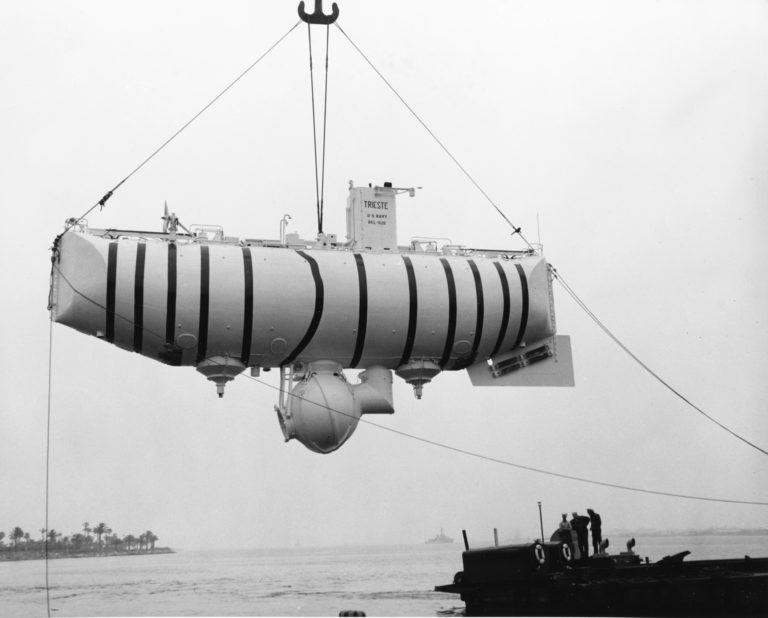Madeira & The Deep
One hundred and fifty years ago today, on the 21st December 1872, the HMS Challenger embarked on a voyage of discovery. Marking the birth of oceanography, the Scottish-led expedition circumnavigated the globe on its hunt for areas of oceanographic and naturalistic interest. In four years, the expedition completed an extensive survey of the world’s oceans and was deemed one of the greatest advances in the knowledge of our planet.

Image source: University of Edinburgh
Madeira was a much-frequented stop on the HMS Challenger’s voyage. It was also a hotbed for deep-sea species discovery. Lord George Campbell’s log letters between Lisbon and Madeira give a sense of the sort of discoveries made:
“We trawled three times in depths between 1,100 and 2,125 fathoms with great success. In the first haul came up three fish…also some new starfish, rare salpce, new corals, sponges, shrimps, &c. The next brought up some beautiful sponges— one quite new; a few sea-urchins—also new, or very rare; and a beautiful animal like a flowering plant.”
Another celebrated discovery was Robert the Parrot, which the crew acquired while in Madeira. Robert would squawk, “What? Two thousand fathoms and no bottom!” as they traveled the globe. It could well be a phrase he learned around Madeira, given the remarkable depths surprisingly close to shore…

Deep sea exploration in Madeira today
Madeira’s steep volcanic slopes plunge beneath the waves to depths of 3,000m and more. This on-the-doorstep access to the deep sea paired with a mild climate makes Madeira an excellent location for year-round deep sea research.
Despite these advantages, limited deep sea research has been done around Madeira since the HMS Challenger sailed its waters. In the intervening 150 years, four scientific cruises have surveyed Madeira’s deep – making the island the least explored of the entire Macaronesia area.
What we do know about the deep around Madeira foretells its potential. We know that Cuvier’s beaked whales and sperm whales – two of the deepest-diving cetaceans – reside in, feed from and travel through Madeira’s waters every year. We also know we have deepwater kelp forests, black coral gardens, whip coral gardens and other aggregations of sponges and corals. And if none of that instantly excites you(!), that may be because those animals and habitats remain shrouded in mystery. Which is what’s so exciting. Within easy reach of Madeira’s shores are some of the least-understood creatures and habitats on Earth.

Image source: Nuno Vasco Rodrigues
The deep sea remains almost as mysterious as it was in 1872. The ocean’s dark depths and its inhabitants represent the greatest gap in our understanding of our planet. From the little we do know, we know the deep holds secrets to the carbon cycle, extreme habitat survival, medicine and infinitely more. And now with generous funding from Baillie Gifford and Associação Oceano Atlântico, MARE-Madeira is joining the global effort to understand this important ecosystem and all it does for life on Earth.
Join us as we venture deeper into Madeira’s waters and learn more about our planet’s final frontier. We’ll be sharing all our updates on our website here.
